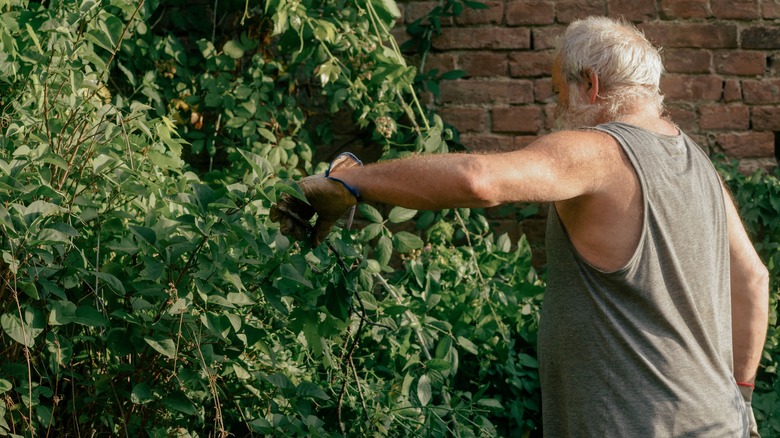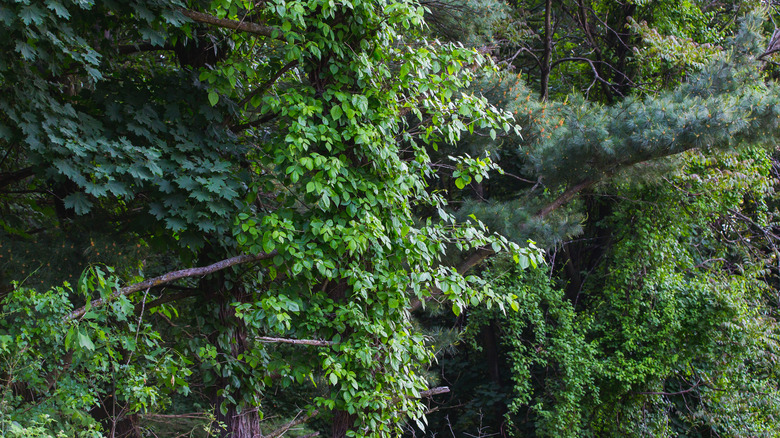Tackle Invasive Plants & Weeds On A Large Property With This Smart Method
If you have a yard filled with wildly tangled weeds, a mere glance at the green mass might have you quitting the job before you've even started. But a wise equation of identification plus prioritization can add up to a lot less work in the future. Start by targeting the most threatening plants first to ensure the weeds that do the most damage are killed first.What makes some weeds more threatening than others? Plants that are fast-spreaders, harmful invasives, and those that are ready to send out or drop seeds should get priority treatment.
Whether your unwanted yard denizens are invasive plants or just aggressive growers, sorting your weed removal tasks by level of importance keeps you from having to attack every undesirable plant at once. By starting with the most pressing jobs and biting off small chunks at a time, you'll up your chances of living weed-free in the future.
Start with a solid ID for seed-spreaders
Before you dig in, get to know your enemy. A reliable identification method for your plants will help you sort your weeds into priority groups. We've saved you some work by compiling a list of the 30 most common weeds and how to identify them. If your troublesome weed looks nothing like the plants on this list, try using Seek, a free identification app created by iNaturalist.
Once you're confident about which weeds you're dealing with, you can find out both how and when they reproduce. For example, the right ID could lead you to get rid of an invasive plant in the spring to keep it from taking over before it spreads later on. If a weed spreads by seeds from flowers or pods, discover when it's likely to bloom or drop pods. Literally nipping these pesky plants in the bud is essential to keep them from spreading to more of your yard as well as to your neighbors'.
Evaluate the risk of the weed in your yard
What makes a weed risky? Beyond being poisonous, describing a plant as dangerous is most common for non-native invasive species. These settlers from afar take over the terrain and choke out species that naturally thrive in the area. This often has a decimating effect on an ecosystem. The Invasive Plant Atlas of the United States is an invaluable tool for getting to the bottom of who your weeds are. They have divided invasive plants up into categories like grasses, aquatic plants, and vines to help you narrow down your search and know how to move forward. It also features a map of where the plant has been sighted and which states have it listed as an invasive species.
If you spot any species from the list in your yard, let that be a call to action to yank it out quickly. Still need a little help? The US Forest Service also provides resources on how to eradicate invasives when you see them.



